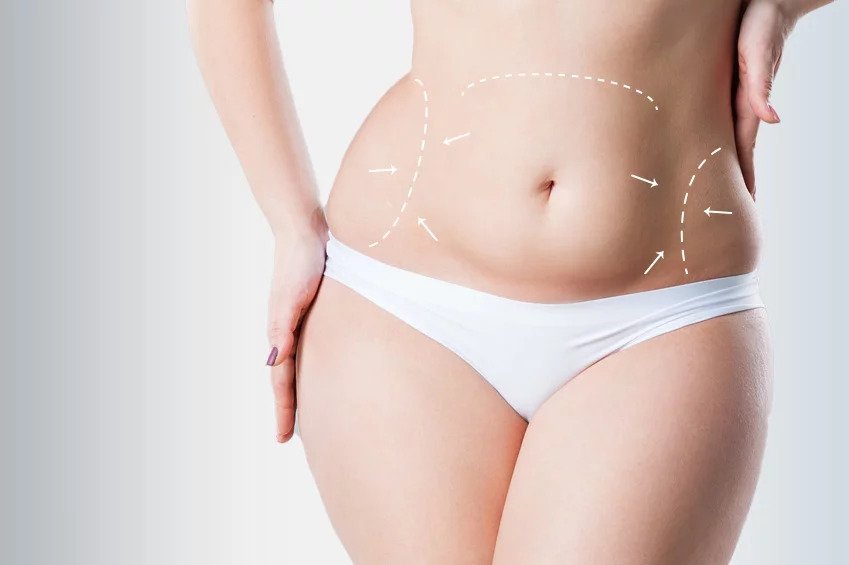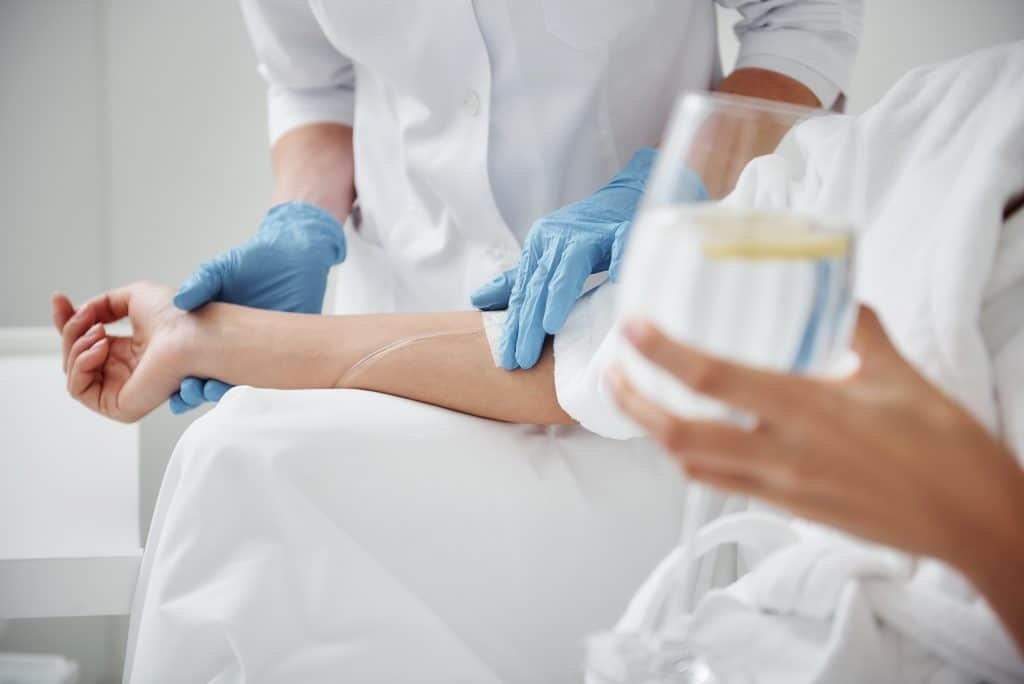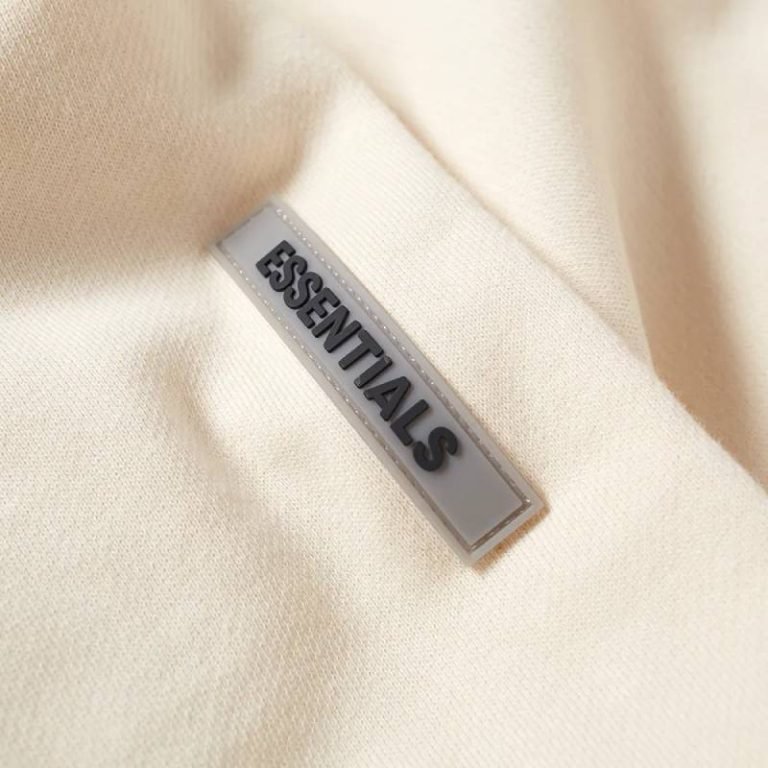Early recognition of hemorrhoids symptoms can significantly reduce discomfort and prevent potential complications. Although hemorrhoids are a common medical condition, many individuals delay seeking treatment until their symptoms become more severe. Hemorrhoids symptoms may include swelling, irritation, rectal bleeding, and pain. However, timely intervention is often essential for effective management and improved patient outcomes.
Early treatment of these symptoms not only offers faster relief but also helps avoid more extreme treatment options later on. By recognizing and addressing the warning signs, people can reduce their risk of recurrence and maintain a higher quality of life.
What Are Hemorrhoids?
Hemorrhoids, often known as piles in medical terminology, are enlarged, inflammatory veins found in the anus and lower rectum. They can form outwardly beneath the skin around the anus or internally within the rectum, resembling varicose veins. A low-fiber diet, prolonged sitting, chronic constipation or diarrhea, obesity, pregnancy, and straining during bowel movements are common reasons. The rectum and anus’s supporting tissues may deteriorate with age, raising the possibility of hemorrhoids developing. Effective prevention and management of hemorrhoids depend on an understanding of their nature and causes.
Common Hemorrhoids Symptoms
1. Rectal Bleeding
Rectal bleeding is one of the most common signs of hemorrhoids. Bright red blood on toilet paper, in the toilet bowl, or covering the stool are the usual ways that this shows up. Because internal hemorrhoids can become inflamed or injured during bowel movements, they are frequently the reasons. Even though the bleeding is typically painless, severe or prolonged bleeding calls for a medical evaluation to rule out other illnesses including anal fissures or colorectal cancer.
2. Pain or Discomfort
The type and intensity of hemorrhoids determine the pain they cause. Significant discomfort can result from external hemorrhoids, particularly when sitting or having bowel movements. When a blood clot forms inside a hemorrhoid, it can cause thrombosed hemorrhoids, which can cause abrupt, intense pain along with swelling and inflammation. Unless they prolapse or thrombose, internal hemorrhoids usually don’t hurt.
3. Itching or Irritation
A typical symptom that frequently arises from mucus production from internal hemorrhoids is anal itching or irritation. Itching may result from irritation of the surrounding skin brought on by this fluid. Furthermore, the discomfort may worsen if feces residue remains after insufficient cleansing. Chronic scratching can exacerbate inflammation, which raises the risk of infection and discomfort.
4. Swelling Around the Anus
External hemorrhoids may be indicated by swelling or a bump close to the anus. Blood buildup in the afflicted veins causes this swelling, which manifests as a solid, painful lump. Sitting and bowel motions are two activities that can make the discomfort worse. In certain situations, the swelling might go away on its own, but if it is painful or chronic, a healthcare provider should be consulted.
5. A Lump Near the Anus
An obvious lump close to the anus could indicate either a thrombosed external hemorrhoid or a prolapsed internal hemorrhoid. Internal hemorrhoids that extend outside the anal orifice, frequently when straining, are known as prolapsed hemorrhoids. These may need to be manually repositioned or may retract on their own. A blood clot causes thrombosed hemorrhoids, which result in a painful, hard lump. To establish the best course of treatment, both illnesses require medical attention.
When to See a Doctor
While hemorrhoids are common and often manageable with home remedies, certain symptoms require prompt medical evaluation. These include:
- Significant or persistent rectal bleeding
- Severe pain or discomfort
- A lump that doesn’t reduce in size
- Changes in bowel habits or stool appearance
- Symptoms that don’t improve with over-the-counter treatments
Early consultation ensures accurate diagnosis and prevents potential complications.
How Hemorrhoids Symptoms Are Diagnosed
A comprehensive medical history and physical examination are the first steps in the diagnosis process. External hemorrhoids are easily recognized by inspection and are frequently apparent. A digital rectal exam is used to evaluate any abnormalities in cases of internal hemorrhoids. Other steps could be:
- Anoscopy: Involves inserting a short, lighted tube into the anus to view internal hemorrhoids.
- Proctosigmoidoscopy: Examines the rectum and lower colon using a flexible tube.
- Colonoscopy: Recommended if there’s significant bleeding or to rule out other gastrointestinal conditions.
These diagnostic tools help determine the severity and appropriate treatment plan.
Managing and Treating Hemorrhoids Symptoms
Effective management combines lifestyle modifications with medical treatments:
- Dietary Changes: Increase fiber intake through fruits, vegetables, and whole grains to soften stools and reduce straining.
- Hydration: Drink ample water to maintain stool consistency.
- Regular Exercise: Engage in physical activity to promote bowel regularity.
- Over-the-Counter Treatments: Utilize creams, ointments, or suppositories containing hydrocortisone or witch hazel to alleviate symptoms.
- Warm Sitz Baths: Sitting in warm water for 10-15 minutes can reduce inflammation and discomfort.
In cases where conservative treatments fail, medical procedures such as rubber band ligation, sclerotherapy, or surgical hemorrhoidectomy may be considered.
Preventing Hemorrhoids from Getting Worse
Preventative measures are essential to avoid exacerbation:
- Avoid Straining: Respond promptly to bowel urges and avoid prolonged sitting on the toilet.
- Maintain a Healthy Weight: Excess weight increases pressure on rectal veins.
- Limit Prolonged Sitting: Take regular breaks if your job involves extended periods of sitting.
- Practice Good Hygiene: Gently clean the anal area with moist towelettes or water; avoid harsh soaps.
Implementing these strategies can significantly reduce the risk of hemorrhoid progression and recurrence.
Key Takeaway
Effective treatment and long-term management of hemorrhoids depend on early detection and response to symptoms. Despite being a common illness, hemorrhoids have a significant influence on everyday comfort and quality of life. People can prevent complications and reduce the need for intrusive treatments by identifying the warning signals, which include rectal bleeding, pain, swelling, or irritation, and getting medical help as soon as possible.
Recurrence can be decreased and general anal and rectal health can be maintained by implementing preventive measures, such as dietary changes, better hygiene habits, and lifestyle improvements. The burden of hemorrhoids can be considerably reduced with education, prompt treatment, and regular maintenance.















Leave a Reply